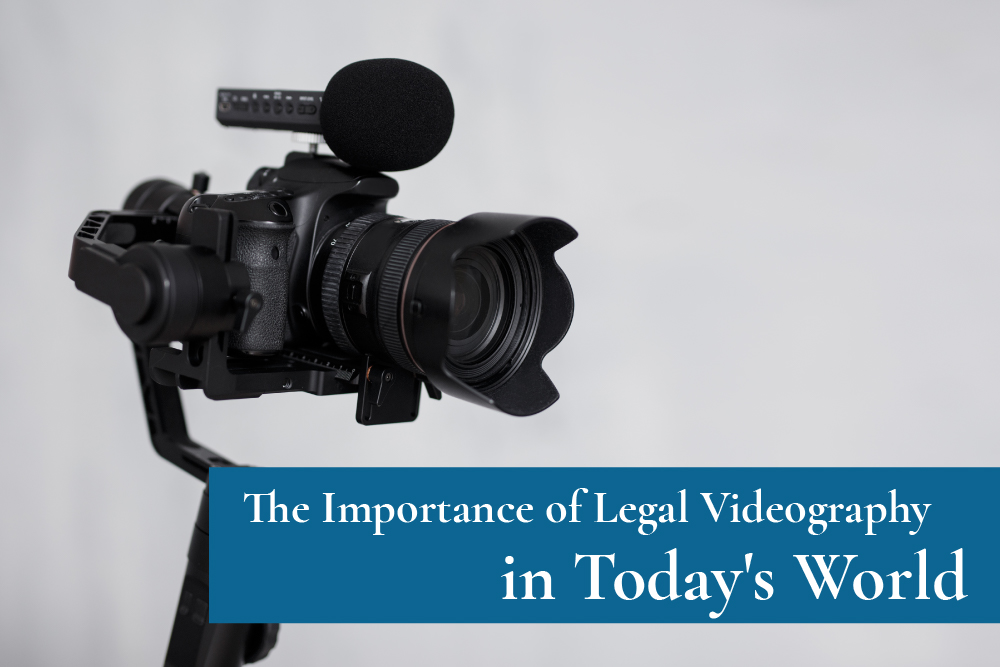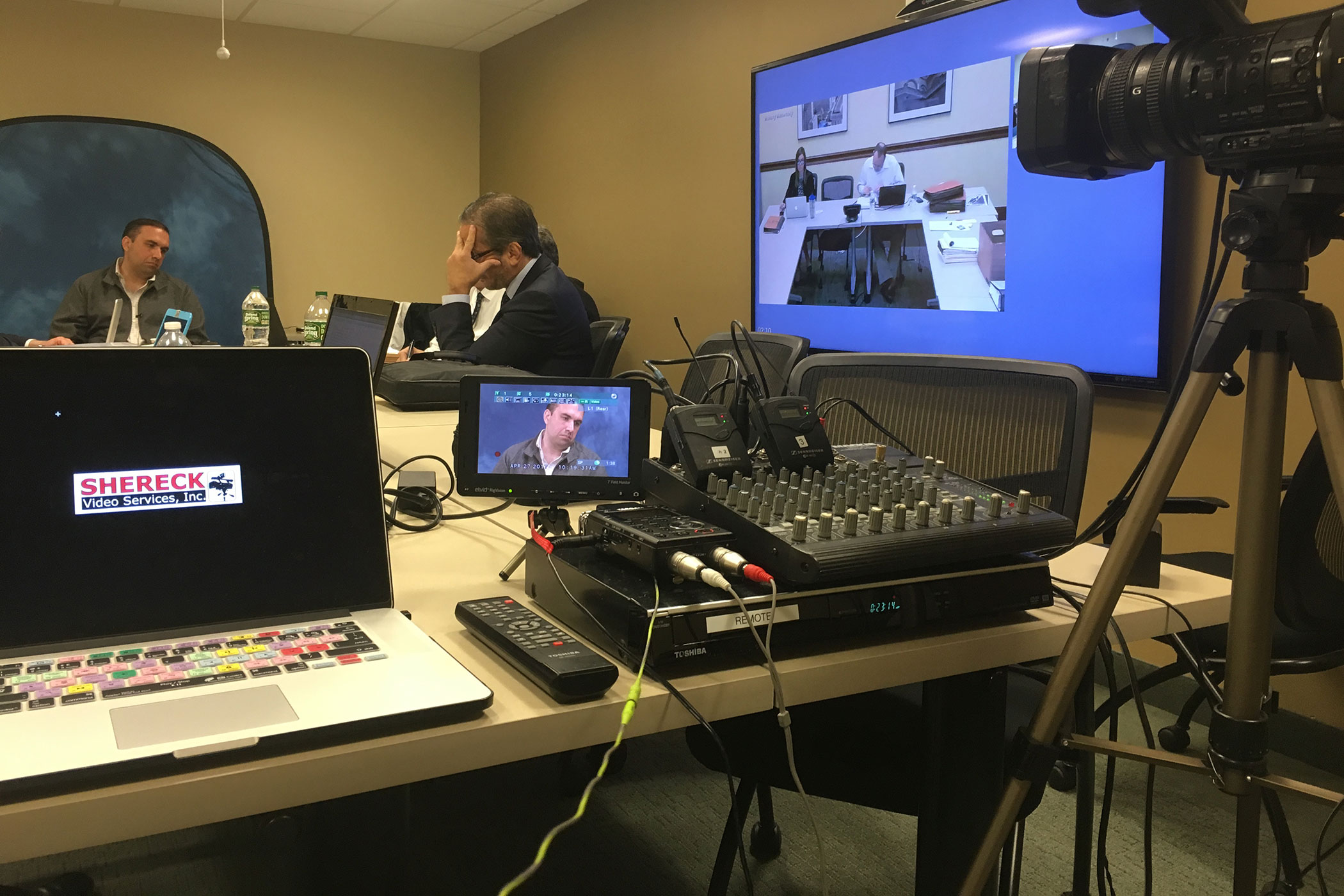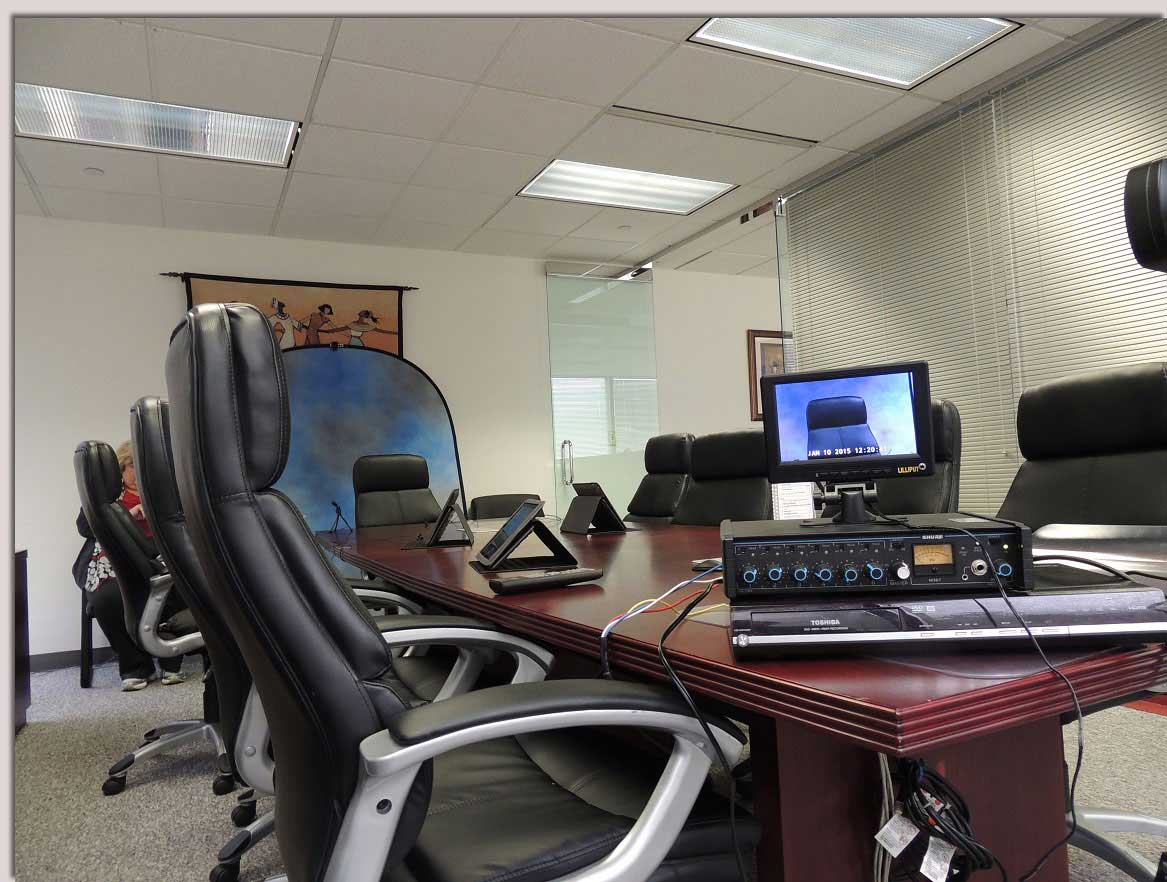Exactly How Legal Videography Supports Attorneys in Presenting Stronger Cases
Exactly How Legal Videography Supports Attorneys in Presenting Stronger Cases
Blog Article
Secret Benefits of Utilizing Videography in Legal Cases
The combination of videography in legal cases provides a variety of critical benefits that can dramatically affect trial end results. As the lawful landscape proceeds to progress, the implications of leveraging videography in trial setups benefit closer exam, specifically in recognizing exactly how these advantages convert into substantial outcomes in the court room.
Improved Evidence Presentation
Enhanced evidence presentation through videography has reinvented the means legal situations are suggested and comprehended in the court room. By incorporating top quality video clip recordings into legal process, attorneys can convey complicated information in a much more understandable and interesting manner - Legal Videography. Videography enables the visualization of proof, making it simpler for courts and courts to grasp the context and importance of today facts
Along with improving clarity, videography can likewise catch real-time occasions, providing a genuine representation of cases significant to a situation. This immediacy can significantly impact the persuasiveness of an argument, as aesthetic evidence frequently resonates much more strongly than written paperwork. Moreover, video evidence can include critical aspects such as body movement, tone of voice, and ecological factors, all of which add to a more all natural understanding of the situation.
Using videography likewise permits efficient company of evidence, allowing attorneys to provide their arguments in a rational and systematic manner. By tactically incorporating video clip right into their discussions, attorneys can assist in an extra reliable analysis of the proof, eventually bring about educated decision-making by the court. The transformative power of videography in lawful contexts is both undeniable and crucial.
Improved Witness Integrity

Video evidence can also mitigate prospective prejudices that may emerge from the witness's appearance or mannerisms in a real-time setting. By providing a well-produced video clip, legal groups can guarantee that the emphasis continues to be on the content of the testament rather than extraneous factors that might weaken integrity. In addition, the chance to assess recorded statements can strengthen witness consistency, as disparities can be dealt with before trial, bring about more reputable testimonies.
Additionally, the durability of videography offers a secure versus memory decay or false impression in time. By having a clear, verifiable account of witness statements, legal specialists can develop a stronger situation, reinforcing the overall credibility of the witness and, subsequently, the integrity of the judicial process.
Involving Court Experience
Videography can substantially boost the jury's interaction throughout lawful procedures. By including high-quality video discussions, lawful teams can capture and keep the interest of jurors, changing complex details right into visually engaging narratives. This engagement is essential, as jurors commonly battle to absorb dense legal terminology and complex information provided entirely with typical ways.
Video evidence allows jurors to witness occasions as they unfolded, giving context that written testimonies might lack. Using dynamic visuals can evoke emotional feedbacks, making the situation more memorable and relatable. Surveillance footage or reenactments can highlight key moments, allowing jurors to imagine Full Article the proof in an engaging manner.
Additionally, videography can assist in a more interactive experience. Jurors can see and listen to witnesses, which adds a layer of authenticity and immediacy that written transcripts can not replicate. This multi-sensory approach fosters much deeper comprehension and retention of the provided product.

Reliable Instance Storytelling
A compelling story is essential for efficient case narration in the courtroom. Videography serves as an effective tool to craft and offer this narrative, engaging the court and boosting their understanding of the instance. By aesthetically showing the events bring about the lawful dispute, videography enables lawyers to highlight complicated scenarios in a clear and relatable way. This storytelling approach can evoke psychological actions and foster empathy, producing a deeper link between the jury and the instance.
Including aspects such as witness animations, repairs, and interviews, videography provides a multi-dimensional perspective that traditional techniques can not attain - Legal Videography. This graph not only help in making clear truths but likewise helps jurors keep essential info. The dynamic nature of video clip can break down barriers of comprehension, making elaborate details more obtainable.
Eventually, reliable instance narration via videography changes the courtroom experience, permitting lawyers to present their disagreements in a persuasive and compelling way. By utilizing the power of visuals, lawyers can considerably boost their capacity to interact essential stories and accomplish favorable outcomes for their customers.
Conservation of Testaments
Protecting testaments is a vital aspect of lawful process, as the precision and stability of witness statements can significantly impact the result of a case. Videography functions as a reliable tool hereof, guaranteeing that testaments are tape-recorded in their original context, therefore decreasing the threat of false impression or distortion with time.
By catching non-verbal and spoken cues, videography offers a comprehensive account of witness statements, which can be vital during trial process. This method not only records the material of the statement but additionally protects the demeanor and psychological actions of witnesses, supplying juries a richer understanding of the statement's trustworthiness and importance.
In addition, using videography promotes an extra trusted evaluation of statements during pre-trial prep work or post-trial assessments. Attorneys can revisit recorded statements to clear up information, evaluate inconsistencies, or establish approaches for cross-examination.
Essentially, videography boosts the preservation of statements, fostering a transparent lawful process that can cause more equitable end results. By safeguarding the integrity of witness statements, legal practitioners can much better advocate for their customers and support the principles of justice.

Final Thought
In final thought, the integration of videography in legal situations dramatically boosts the presentation of evidence, strengthens witness reliability, and astounds courts with involving aesthetic content. This medium assists in effective storytelling, enabling lawyers to convey stories that resonate deeply with decision-makers. Additionally, videography acts as a permanent record of testimonies, decreasing the risk of memory decay. Collectively, these advantages emphasize the essential role of videography in modern lawful methods, inevitably contributing to her explanation even more educated judicial end results.
The combination of videography in lawful situations provides a variety of calculated benefits that can significantly affect test results.Enhanced evidence presentation through videography has changed the way legal situations are suggested best site and understood in the court room.Videography can considerably elevate the jury's engagement during legal process. By visually depicting the events leading to the lawful dispute, videography permits lawyers to illustrate complicated circumstances in a relatable and clear manner.In conclusion, the assimilation of videography in lawful instances substantially improves the discussion of proof, bolsters witness credibility, and mesmerizes courts with involving visual content.
Report this page